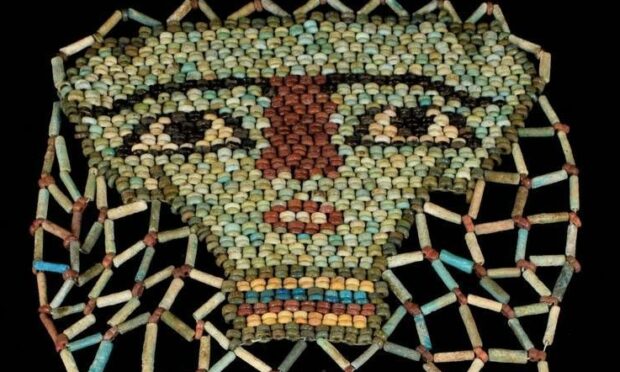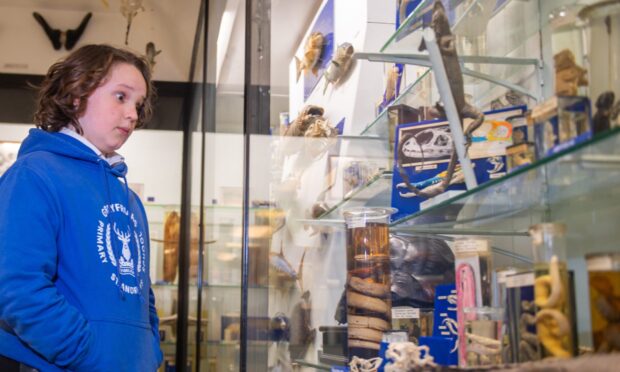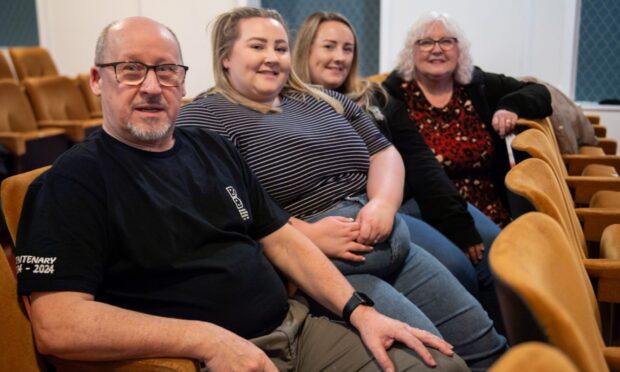The recent television series Digging for Britain, hosted by the effervescent Prof Alice Roberts, must have enthused many would-be archaeologists.
Its treasure-trove of marvellous finds brings to mind an Egyptian artifact which appeared at Apollo Auctions in London on January 16.
This was a Late Period, c664-332 BC, shroud of beadwork from the chest of a mummified individual.
The shroud consisted of a net of dark green barrel and light green tubular beads, with a ring of green beads forming the face.
The ‘skin’, nose, eyes and mouth of the face comprised contrasting coloured beads.
Ancient symbolism
Below was a beaded pectoral winged scarab, a symbol of rebirth and regeneration.
Winged scarabs were usually modelled in faience and placed as embellishment on the chest of the individual to be mummified.
In this case, the scarab has been sewn together with the mask. The face mask is interpreted to represent Osiris, the god of rebirth and the afterlife.
Beneath were the Four Sons of Horus, the protectors of the organs of the deceased.
The importance of the afterlife
Shrouds of this type had both a decorative and more importantly a symbolic use, as the burial was a highly magical process.
To the Egyptians, rebirth and the accession into the afterlife was more important than the life they firstly lived.
As the afterlife was eternal, every precaution was taken in order to achieve eternal life.
Provenanced to an old-time UK collection the shroud sold at Apollo for what seems a modest – given its age and history – £420.
A similar example is in the collections of the National Museums of Scotland.










